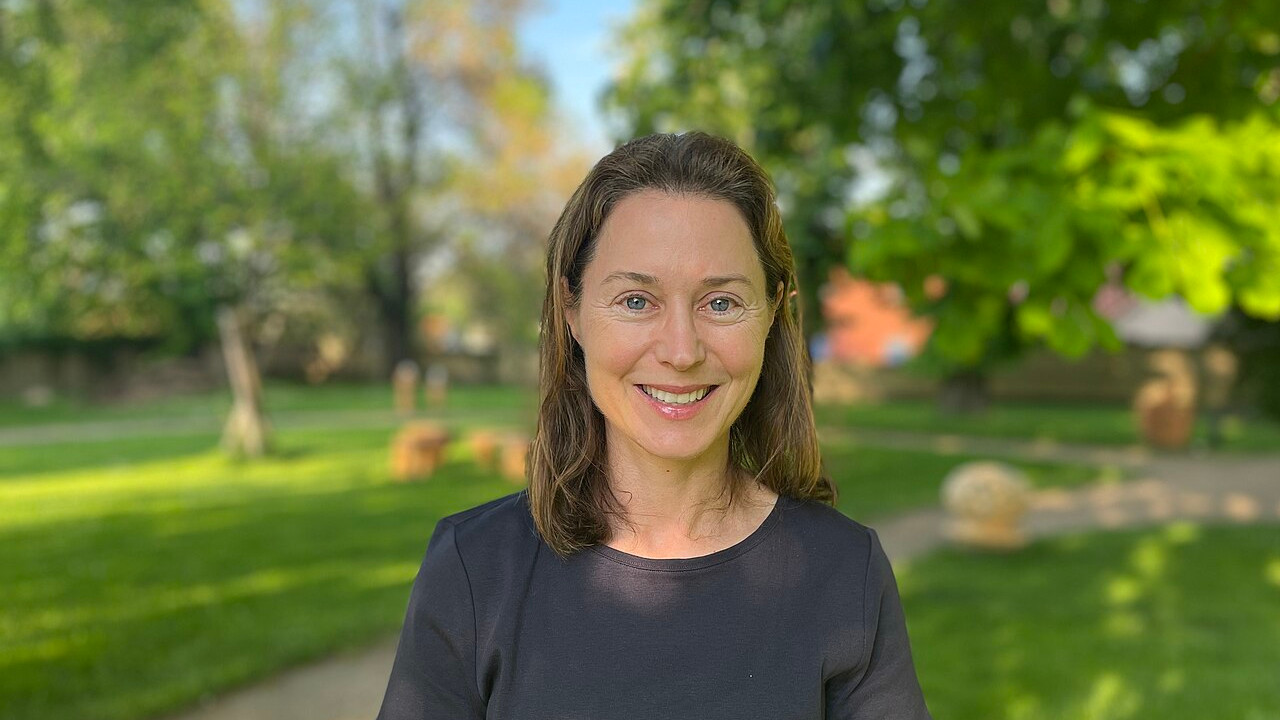Self-Assembly of the Tau Protein: Liquid-Liquid Phase Separation and Fibrillization
Colloquia
- Speaker
-
Joan-Emma Shea
Department of Chemistry and Biochemistry & Department of Physics, University of California Santa Barbara, USA - When
-
2026/07/16
16:00 - Place
- DIPC Josebe-Olarra Lecture Hall
- Add to calendar
-
iCal

Tau is an intrinsically disordered protein that plays an important role in stabilizing microtubules. Under pathological conditions, this protein can also self-assemble into fibrillar structures, a process that has been associated with a class of neurodegenerative diseases known as Tauopathies. Interestingly, this protein is also capable of assembling into liquid droplets through a process of liquid-liquid phase separation (LLPS). Using a combination of field-theoretic simulations, coarse-grained models, and atomistic simulations, we present an investigation of the mechanisms of fibrillization and phase separation of this protein. We investigate fragments of Tau that have a propensity to either phase separate or form fibrils, enabling us to shed light into the sequence characteristics linked with these two modes of assembly. Finally, we introduce a 19-residue fragment of Tau that is capable of seeding the fibrillization of full-length Tau, and we discuss the effect of point mutations in modulating aggregation in familial forms of Tauopathies.
About the speaker
Prof. Joan-Emma Shea is a Professor of Chemistry and Biochemistry and of Physics at the University of California, Santa Barbara, where she also serves as Associate Dean of the College of Letters and Science. Her research combines statistical mechanics and computational modeling to study biomolecular processes such as protein folding, aggregation, and intrinsically disordered proteins. Prof. Shea received her B.Sc. in Chemistry from McGill University and her Ph.D. in Physical Chemistry from the Massachusetts Institute of Technology, followed by postdoctoral work at UC San Diego and The Scripps Research Institute. She joined UCSB in 2001 after a year at the University of Chicago's James Franck Institute. She is a Fellow of the American Physical Society, the American Chemical Society, and the American Academy of Arts and Sciences. Since 2019, she has served as Editor-in-Chief of The Journal of Physical Chemistry - the first woman to hold this position since the journal's founding in 1896.
